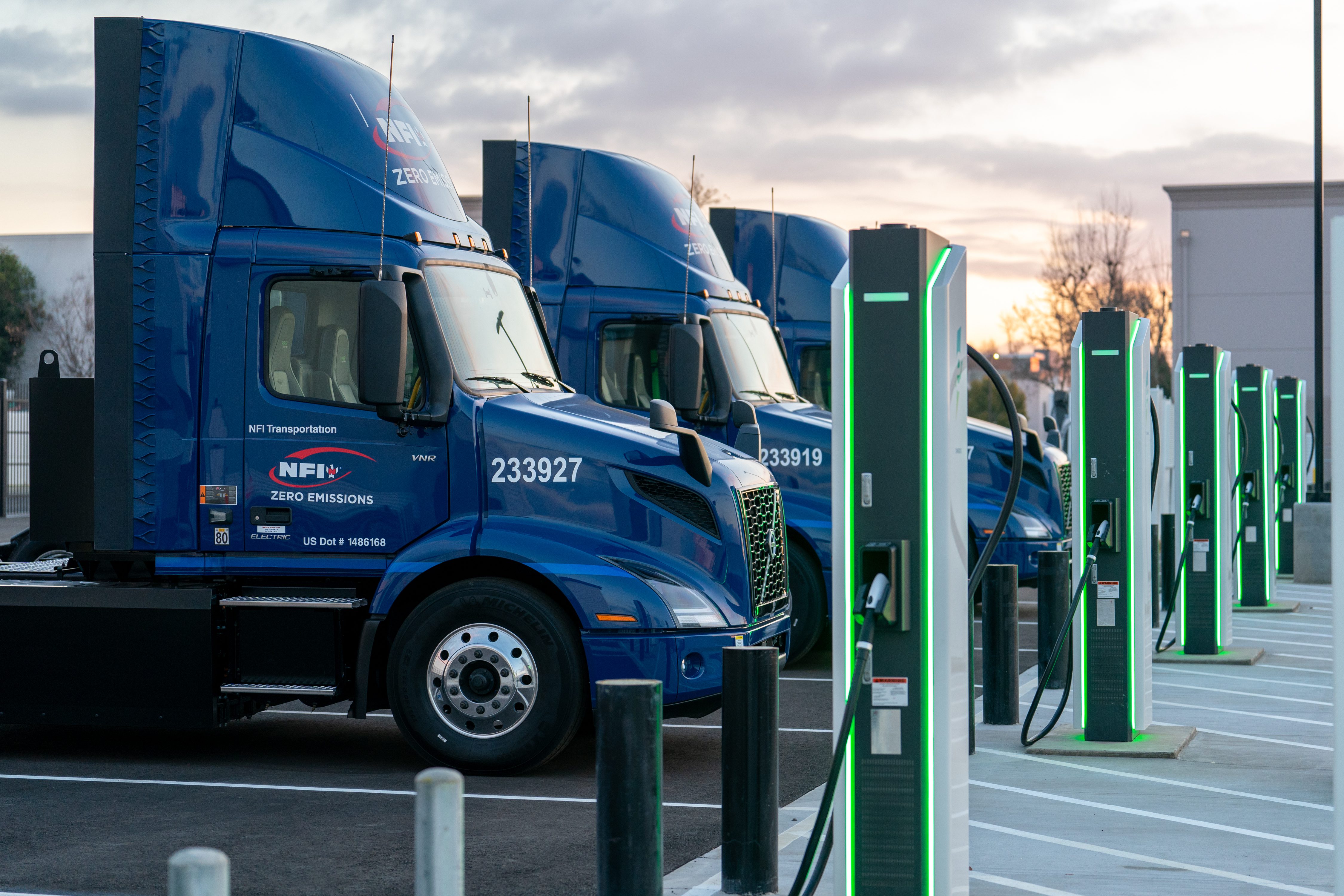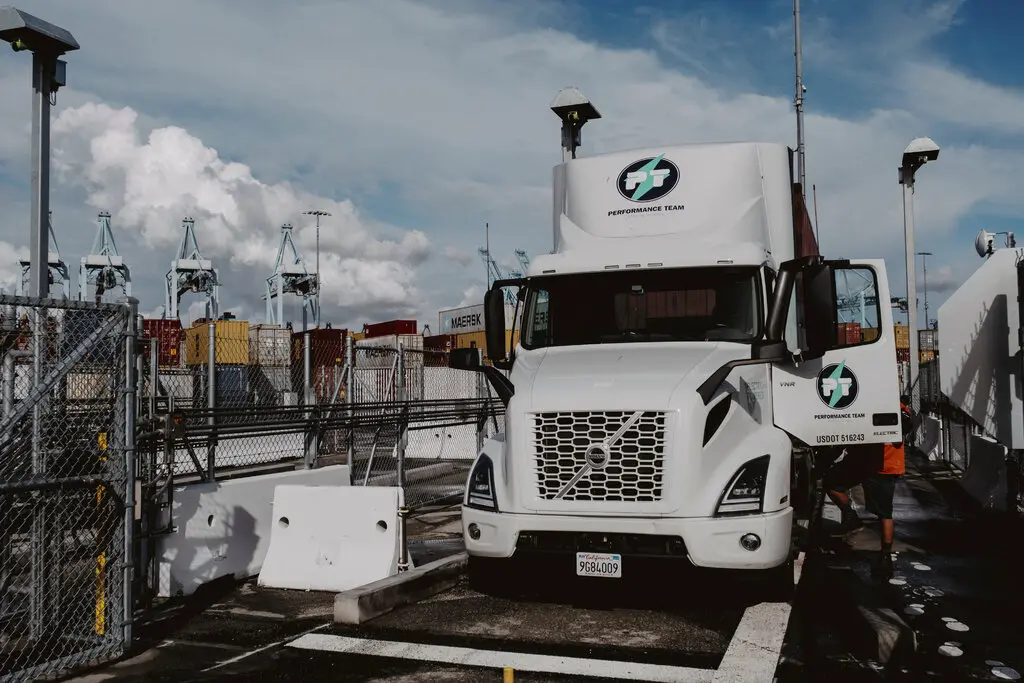
There was a time not so long ago when if you needed electricity, you called your local utility company and they would build the infrastructure necessary to supply it. If that meant building a new generating station, new transmission lines, or new substations, well, that’s what they would do. The secret sauce that makes investor-owned utilities work is that, in exchange for being granted a monopoly, they are guaranteed a fixed rate of return on their investments. The more stuff they build, the more money they make. That model has worked reasonably well for generations, but as more electric trucks go into service, they cannot wait three to five years for the new infrastructure to materialize. That’s when solar and battery storage become part of the equation, says Canary Media.
But adding solar panels and large-scale energy storage batteries throws a curveball into the traditional relationship between utility companies and their customers. Now those customers are in a position to send some electricity back to the grid when asked and to avoid drawing power from the grid when time of use tariffs make it most expensive. The result is a blended grid with some generation and storage capacity at the margins. That change requires rethinking the relationship between utilities and their customers.
Resiliency, along with charging costs, was a motivation behind freight operator NFI Industries’ decision to install a 1 megawatt solar array and 7 megawatt-hours of batteries at its Ontario, California, warehouse. That microgrid, set to be turned on later this year, will help supplement grid power for the 50 Volvo and Daimler electric big rigs that will be charging at the site. NFI was lucky enough to have ample capacity from Southern California Edison’s grid for its Ontario site, said Jim O’Leary, the company’s vice president of fleet services. But it wanted to make sure that it could keep charging trucks in the event of grid outages, he said.
That source of backup power can also shave costs during normal operations. High voltage chargers for electric trucks can trigger expensive demand charges. A microgrid can help keep those spikes in check and avoid those fees. The Ontario microgrid can also help NFI avoid paying the high time-of-use rates that California utilities impose during afternoon and evening hours when the state’s grid is under maximum stress, O’Leary said. Similar concerns about utility power costs have led a growing number of EV charging sites to install batteries to cushion their peak demands on the grid.


